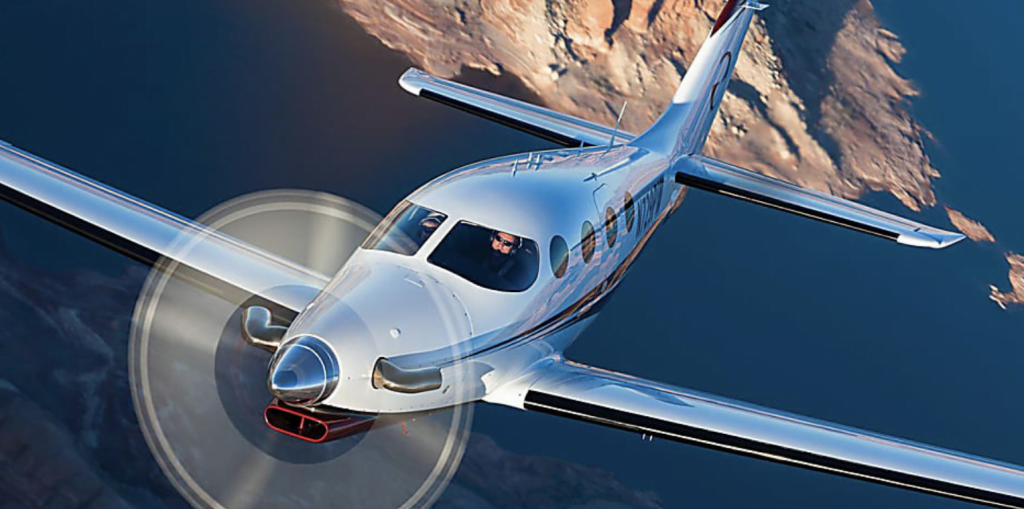How High do Planes fly? And Why
- Travel
-
Mar 05
- Share post

Commercial planes fly between 35,000 and 43,000 feet. This is usually the most optimal flight to create lift. Aircraft are generally around 7 miles above the ground traveling at nearly the speed of sound.
The higher a plane flies, the thinner air surrounding it becomes. This produces less lift for the aircraft making it less efficient to fly. 35,000 ft to 43,000 ft is the optimal altitude for aircraft to reach peak efficiency.
It takes aircraft around 15 to 30 minutes to reach these altitudes and after level off the temperature is usually expected to be nearly 60 degrees F.
The main reasons can be simplified into the following:
Fuel Savings
Thin air creates less drag on aircraft, this relates to efficiency when it comes to fuel. The aircraft is able to push through thinner air with more ease resulting in lower consumption overall. This enables the aircraft to fly higher and faster for longer periods of time. There is a caveat to this however as it does take more fuel to reach these higher altitudes. This is why flights going longer distances may see the benefits of flying high versus aircraft that are flying shorter distances. In addition to the fuel requirements needed to fly high and fast aircraft need oxygen in order to combust fuel. These calculations are what pilots take into consideration when flying at these altitudes.
Weather Avoidance
Weather is a huge factor when it comes to flying high. Even though the weather on its own can rarely take down an aircraft it still contributes to the smoothness of flight. Above the troposphere, weather is usually much nicer and creates a smoother flight for passengers. This is why pilots and airlines tend to prefer these higher altitudes to ensure passenger comfort is maintained. During your flight, you may also experience altitude changes as pilots receive regular reports on which altitudes are smoother than others.
Emergency
Emergencies are a huge reason why pilots prefer to fly high. An emergency is never likely to occur however in the chance that it may happen a pilot has more advantages when up high. If an engine were to go out while flying high, the pilot would have an adequate amount of altitude to glide to a safe destination. High altitudes give pilots the time to find safe places to land.
Aircraft Type
All aircraft are made differently, this is also the case for aircraft causing altitudes. A plane’s cruising altitude is determined by a plethora of factors such as the current weight and the atmospheric conditions. These can attribute to the causing altitude efficiency.
Speed Efficiency
Last but not least is speed! The reason aircraft are able to get to your destination so quickly is because there is little need to avoid traffic. Being able to fly to a destination in a near straight-line is valuable for the efficiency of the aircraft. Knowing that you are at such an altitude aircraft are able to fly at incredible speeds. The average speed of an aircraft at cruse is 547-575 mph. The height of the aircraft makes this possible as there are little to no traffic obstructions at these altitudes.


